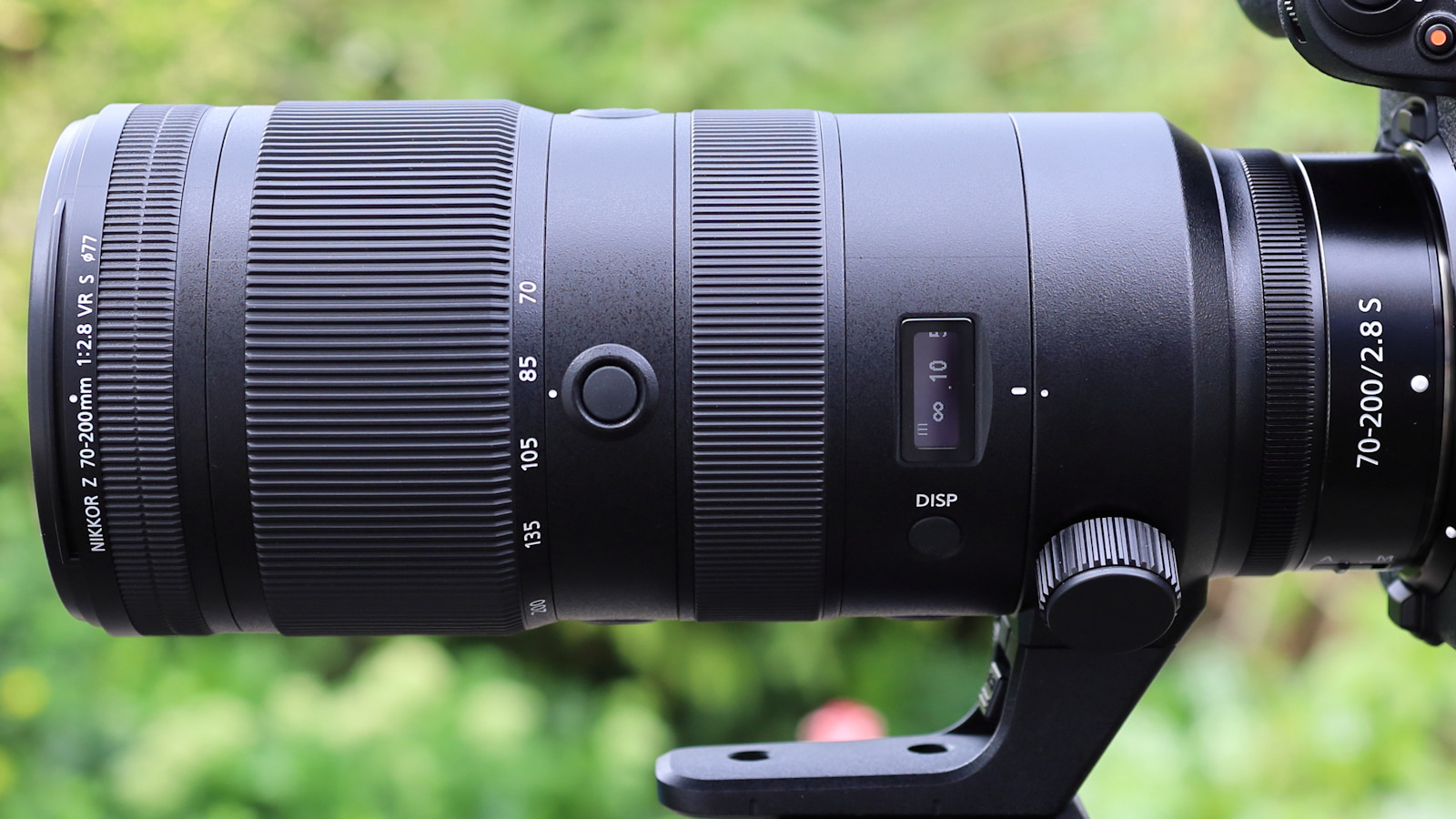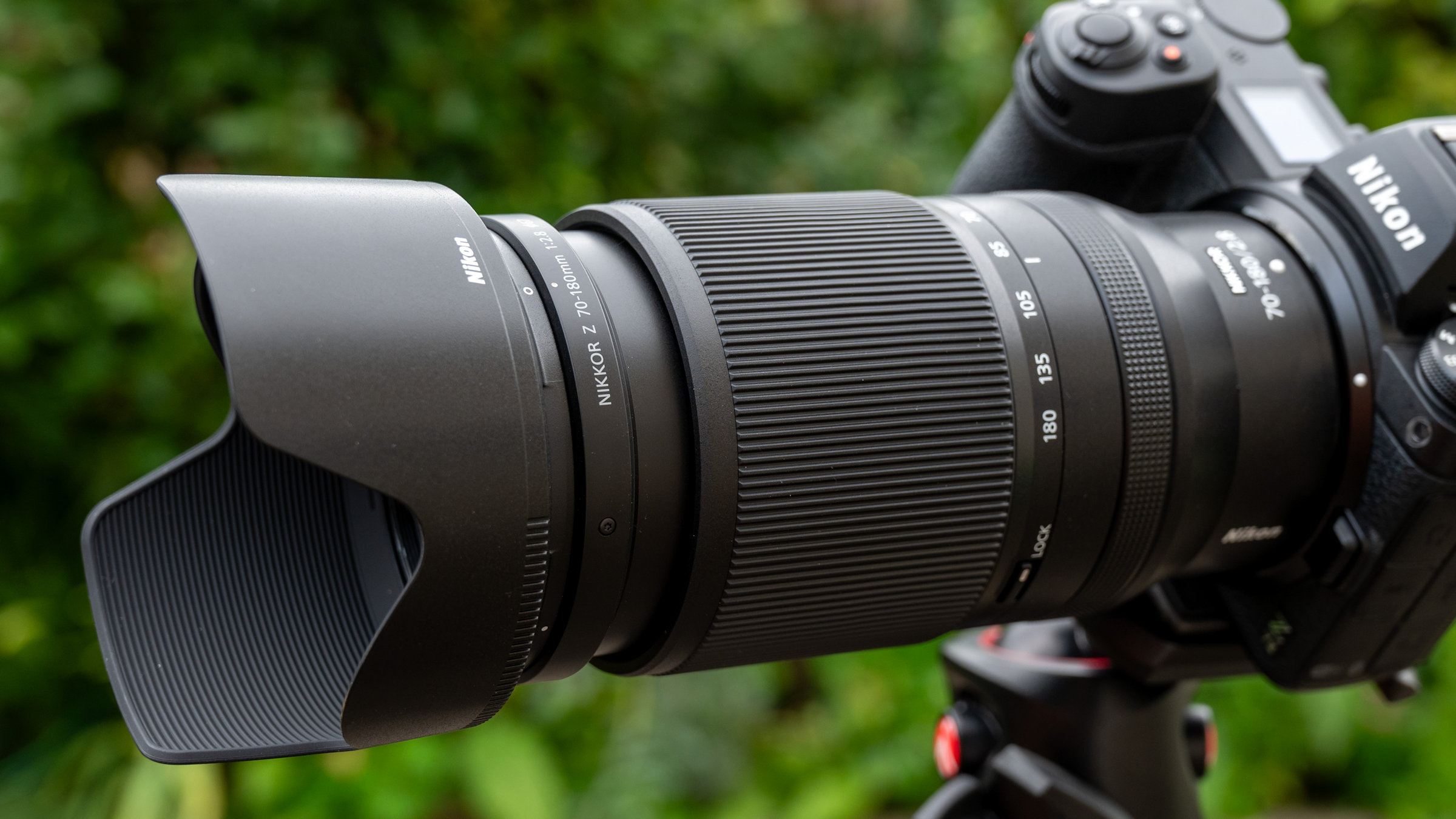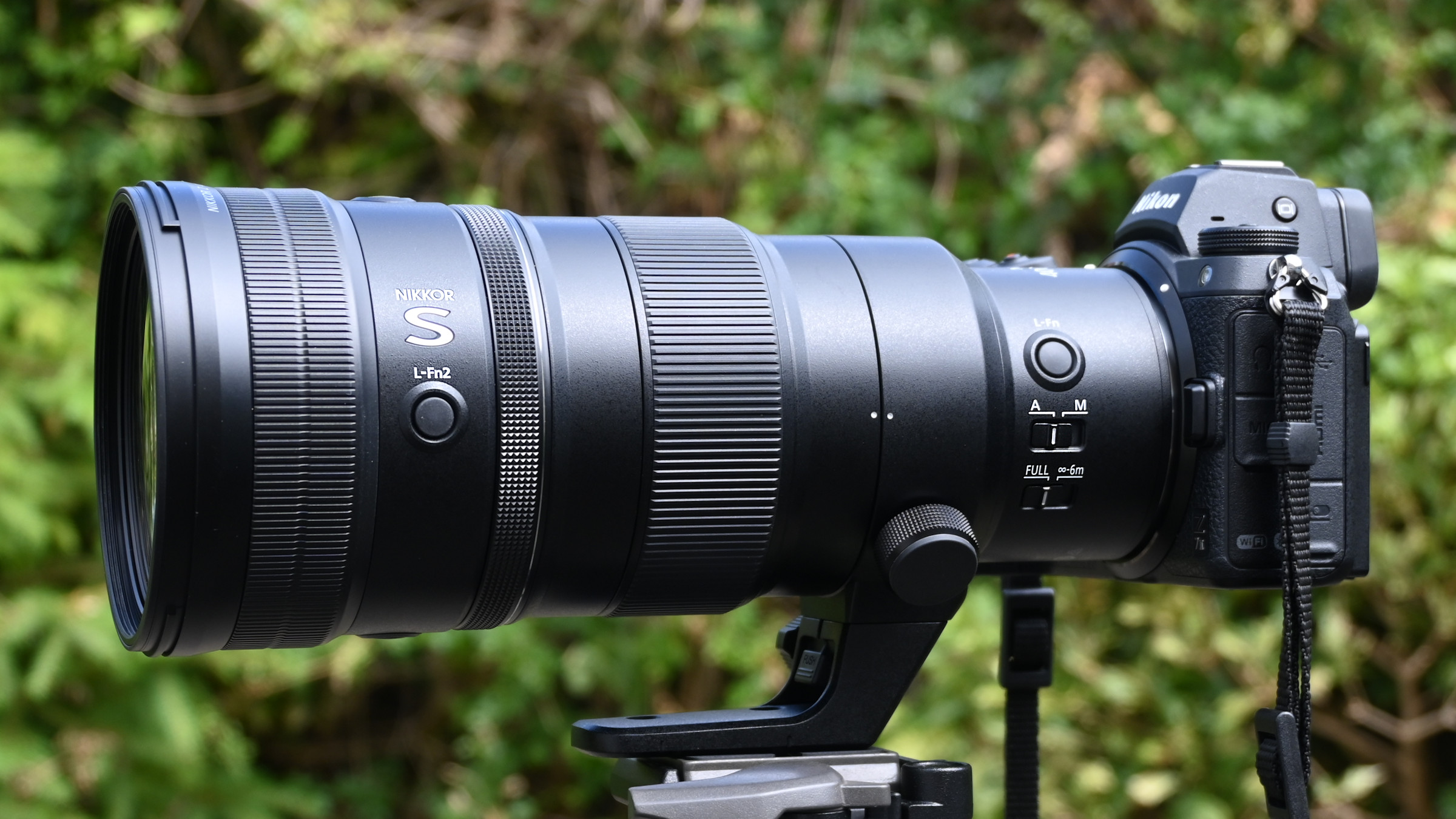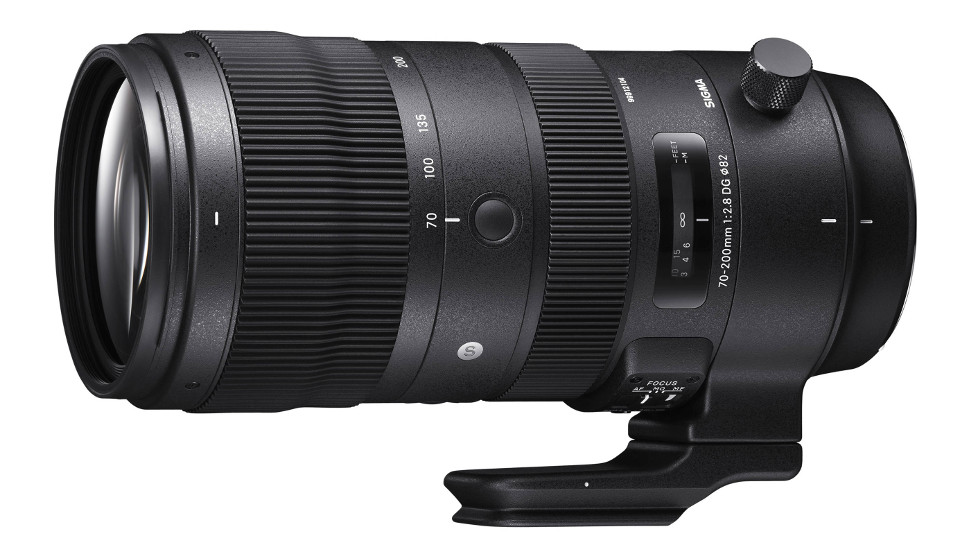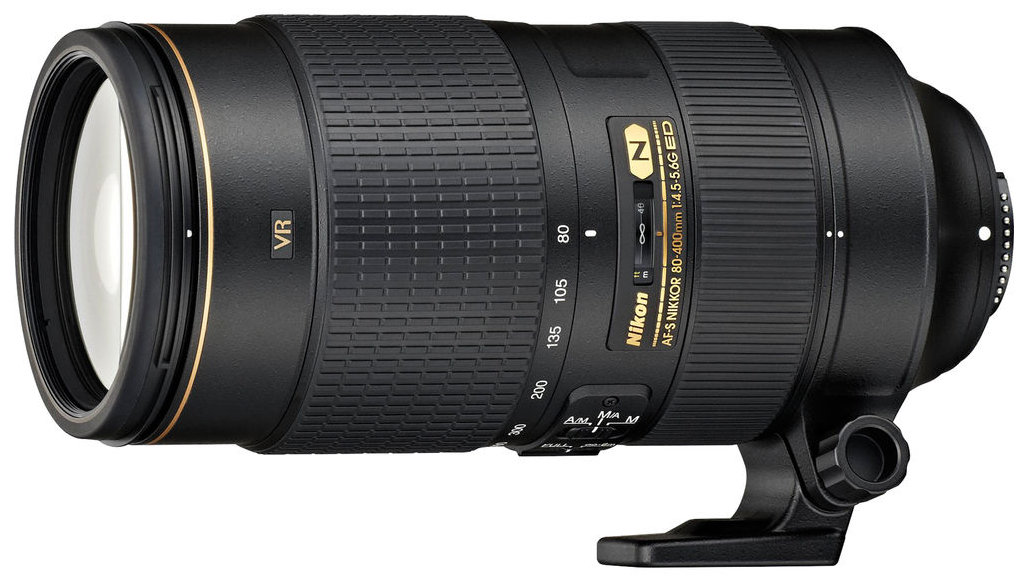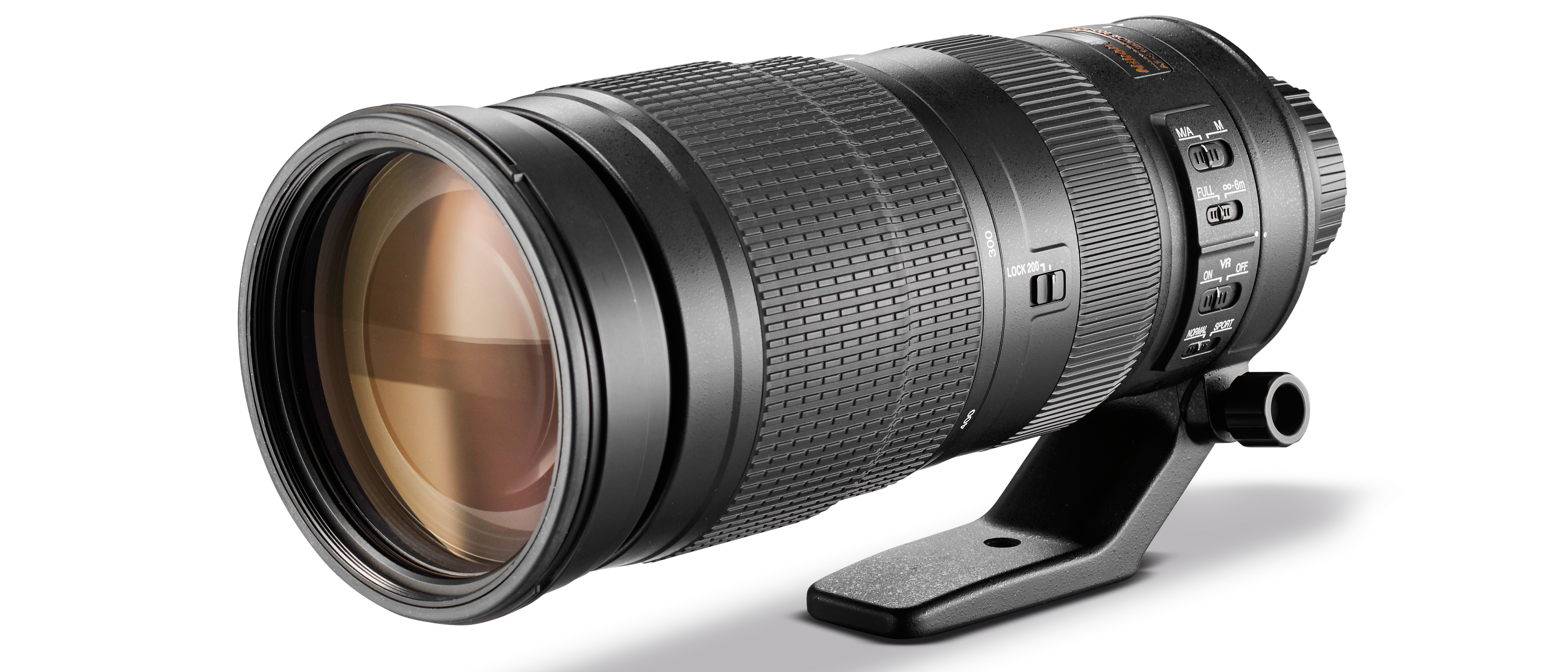The best Nikon telephoto lenses in 2025: long reach for Nikon Z-system cameras and DSLRs
I pick out the best Nikon Z and F-mount telephoto zooms and primes at reasonable prices

You may have assumed the best Nikon telephoto lenses will clear out your bank account, but this doesn't have to be the case. While professional photographers might invest in cutting-edge telephoto lenses that cost thousands, there are plenty of options out there for the rest of us on a limited budget. Here, I've compiled the best ones available for Nikon cameras, both Z-mount mirrorless and F-mount DSLRs.
I've included a couple of prime lenses along with the majority of zoom lenses. I've also looked beyond own-brand Nikon lenses, as there are some excellent third-party options.
If you have an older Nikon DSLR, be aware that some more recent F-mount lenses that use an electromagnetically controlled diaphragm or an AF-P (Pulse) autofocus system won't be compatible. Anyway, without further ado, here are my picks of the best Nikon telephoto lenses.
Best Nikon telephoto lenses
Why you can trust Digital Camera World
Best pro telephoto Z-mount zoom
Specifications
Reasons to buy
Reasons to avoid
70-200mm f/2.8 lenses are incredibly versatile, often favored for everything from action sports and wildlife to portraiture, weddings, and event photography. Nikon really has gone for glory with the design of this lens, which features a feast of high-end glass, including two aspherical elements, six ED (Extra-low Dispersion) elements, a fluorite element, and a short-wave refractive element. High-tech ARNEO and Nano Crystal Coat are added for good measure.
Although typically big and heavy for this class of lens, handling benefits from a removable tripod mounting ring, two customizable L.Fn (Lens Function) buttons, and a multi-mode OLED information display. The lens also features rapid dual autofocus stepping motors and 5-stop optical stabilization. Everything’s wrapped up in a sturdy pro-grade, weather-sealed build, complete with a fluorine coating on the front element.
Read more: Nikon Z 70-200mm f/2.8 VR S review
Best budget telephoto Z-mount zoom
Specifications
Reasons to buy
Reasons to avoid
My favorite feature of this lens is its relatively fast f/2.8 constant aperture. At the long end of the zoom range, that makes it at least two f/stops faster than most ‘budget’ telephoto zooms that have a variable aperture rating. And if you feel that compactness is key for a mirrorless camera system, the lens scores highly, measuring just under six inches in length and weighing in at 795g. As such, it’s nearly three inches shorter than Nikon’s more classic Z 70-200mm f/2.8 VR S trinity telephoto zoom, a little more than half the weight, and about half the price to buy.
In-body image stabilization featured in all full-frame Nikon Z system cameras compensates for the lack of optical stabilization in the lens, at least to some extent. Levels of sharpness are excellent, coupled with beautifully soft bokeh.
Read more: Nikon Z 70-180mm f/2.8 review
Best super-telephoto Z-mount zoom
Specifications
Reasons to buy
Reasons to avoid
I like that this super-telephoto zoom is about the same size and weight as Nikon’s pro-grade Z 70-200mm f/2.8 VR S ‘trinity’ zoom, yet delivers twice the maximum focal length, naturally with a narrowing of aperture rating, which varies from f/4.5 to f/5.6 as you extend through the zoom range.
Pricewise, there’s little difference between the two lenses in some world regions, whereas the 100-400mm is more expensive in others. Key features include top-notch glass with six ED (Extra-low Dispersion) elements and two Super ED elements. ARNEO and Nano Crystal Coat are on hand to minimize ghosting and flare, and the lens features a telephoto-friendly 5.5-stop optical VR (Vibration Reduction) system.
Like most Z series telephoto lenses, the 100-400mm is compatible with Nikon’s Z 1.4x and 2x tele-converters, although you’ll have to live with a narrowing of aperture rating at the long end of the zoom range to f/8 or f/11, respectively.
Read more: Nikon Z 100-400mm f/4.5-5.6 VR S review
Best ultra-telephoto Z-mount zoom
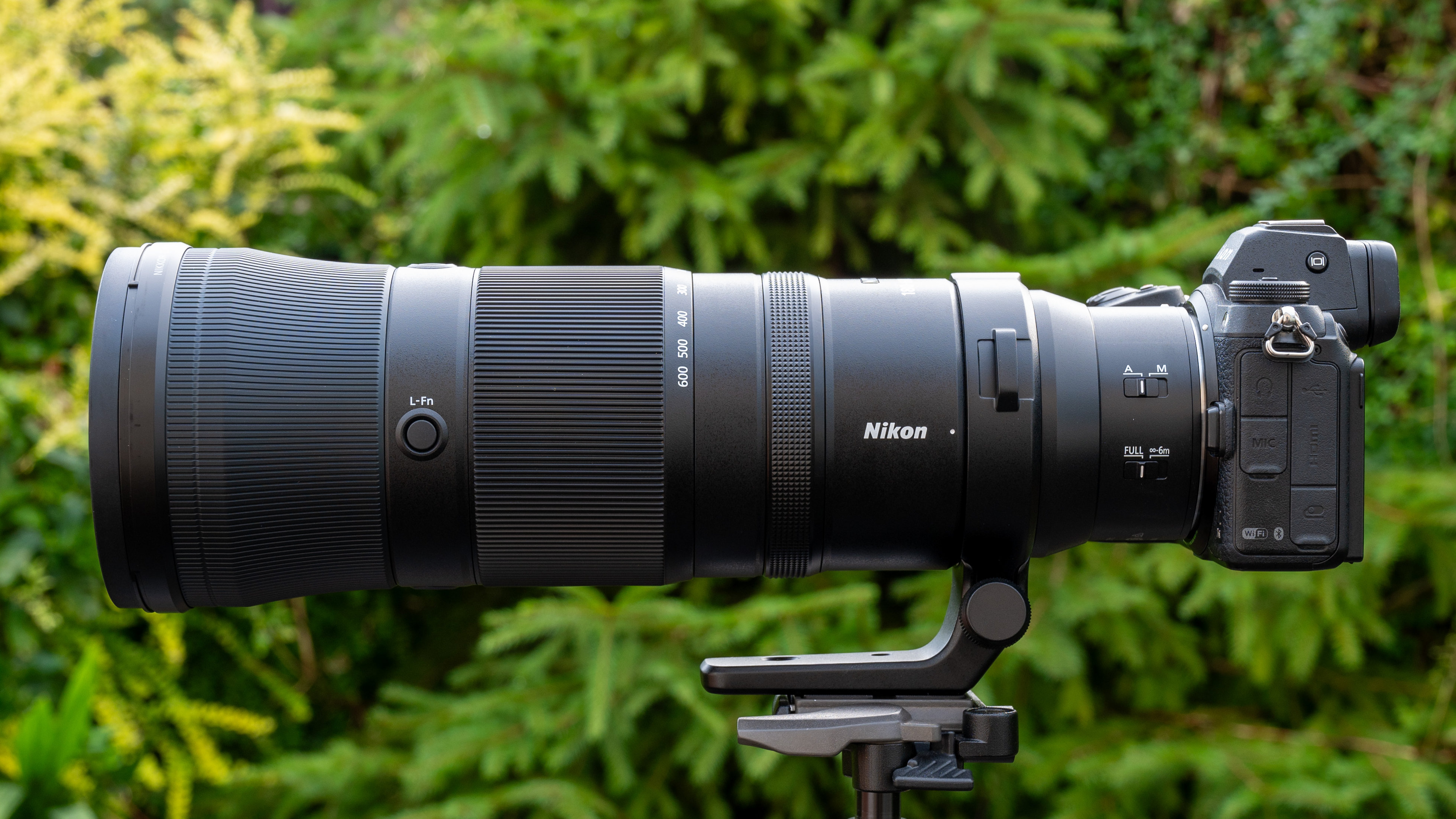
Specifications
Reasons to buy
Reasons to avoid
For me, the 180-600mm zoom range is the standout feature of this lens. It kicks off with a moderate viewing angle of 13.7 degrees at the short end, and powers through to just 4.1 degrees at the long end. The former works really well at relatively short to medium distances, while the latter really covers the distance when you can’t get as close as you might like to the subject. That’s often the case in sports photography, as well as for wildlife in general and birds in particular, as well as aircraft at air shows.
The optical path also includes no less than six ED (Extra-low Dispersion) elements, aiming to enhance contrast and color accuracy while minimizing color fringing. Overall performance is simply superb in terms of image quality, autofocus speed, and the effectiveness of image stabilization.
Read more: Nikon Z 180-600mm f/5.6-6.3 VR review
Best super-telephoto Z-mount prime
Specifications
Reasons to buy
Reasons to avoid
This lens doesn't have a super-fast aperture rating, but it's refreshingly compact and lightweight for a super-tele prime. Indeed, the easily manageable size and weight are the first things that hit me when I picked it up. It’s actually the smallest and lightest 400mm lens in Nikon’s long and illustrious history.
High-grade glass includes one ED (Extra-low Dispersion), two Super ED, and an SR (Short-wavelength Refractive) element. The aim is to enhance clarity and color rendition while minimizing chromatic aberrations. Nano Crystal Coat is featured to fend off ghosting and flare, and a keep-clean fluorine coating is applied to the front element. Autofocus is based on a virtually silent linear stepping motor system, which is fast for stills while enabling smooth focus transitions when shooting video. Vibration Reduction is courtesy of highly effective voice coil motors and gives a 5.5-stop advantage.
Read more: Nikon Z 400mm f/4.5 VR S review
Best telephoto F-mount zoom
Specifications
Reasons to buy
Reasons to avoid
The Sigma 70-200mm f/2.8 DG OS HSM is from the company's 'Sports' line, and as this name implies, speed is very much the name of the game here. The lens has been designed with outstanding action capture in mind, and it hits this mark pretty perfectly. It boasts class-leading autofocus speeds and an Intelligent OS that provides effective, algorithm-led image stabilization in all camera orientations.
Water- and oil-repellent coatings on the front of the lens ensure that it can stand up to challenging weather conditions. There's also a focus limiter and a manual override switch to give you very precise control over how your autofocusing works. The drawbacks? All this tech doesn't come cheap, and it also makes the lens pretty heavy, even with the magnesium-alloy construction, so bear this in mind before you buy.
Read more: Sigma 70-200mm f2.8 DG OS HSM | S review
Best super-telephoto F-mount zoom
Specifications
Reasons to buy
Reasons to avoid
This pro-grade Nikon super-telephoto zoom is massively improved over the original ‘AF’ lens, which had dreadfully slow autofocus and relatively ineffective optical stabilization. The ‘AF-S’ edition puts that to rights with speedy ring-type ultrasonic autofocus and 4-stop VR.
Compared with various other super-telephoto zooms, however, its maximum reach is a little limited, and it’s comparatively pricey to buy. On balance, I prefer the much less expensive Nikon AF-S 200-500mm f/5.6E ED VR, but the AF-S 80-400mm is certainly a very popular choice with many pro Nikon photographers.
Read more: Nikon AF-S 80-400mm f/4.5-5.6G ED VR review
Best ultra-telephoto F-mount zoom
Specifications
Reasons to buy
Reasons to avoid
Despite its reasonable asking price, this Nikon lens certainly isn’t lacking in advanced features, including very fast ring-type ultrasonic autofocus, an electromagnetically controlled aperture, and a 4.5-stop stabilizer complete with Sport VR mode. It’s also unusual for this class of super-telephoto zoom to have a constant rather than variable aperture, with f/5.6 remaining available throughout the entire zoom range.
Three ED (Extra-low Dispersion) elements help to boost sharpness and contrast while reducing colour fringing. The Nikon doesn’t have quite the maximum telephoto reach of competing Sigma and Tamron 150-600mm lenses, but it comes very close, and it's great value at the price.
Read more: Nikon AF-S 200-500mm f/5.6E ED VR review
Best ultra-telephoto F-mount prime
Specifications
Reasons to buy
Reasons to avoid
Massively undercutting the likes of Nikon's own-brand 500mm f/4 super-telephoto prime for price, Sigma’s 500mm f/4 lens nevertheless justifies its ranking as the company’s flagship Sports lens for DSLRs. It packs a smorgasbord of features into a tough, weather-sealed magnesium alloy barrel, has exotic, high-end handling, and really delivers the goods in terms of image quality and all-round performance. It's pricey but well worth the outlay if you prefer the idea of a prime rather than a zoom lens.
Read more: Sigma 500mm f/4 DG OS HSM Sports review
Lab data and comparisons
The graphs below show the comparative performance of the lenses in this guide, based on our in-house lab tests. The Nikon Z 70-200mm scores highest for sharpness, but, as I’ve grown accustomed to seeing, Nikon’s Z-system lenses deliver greater sharpness than F-mount lenses that were designed for DSLRs. Color fringing and distortions are well controlled across the board.
Scores for sharpness and color fringing are averaged from data taken across the entire image frame, from the center to the edges and corners, throughout the aperture range. For zoom lenses, the scores are also averaged from data measured at all marked focal lengths, and the same applies to distortion. Bear in mind that these average values don't fully reflect specific areas of performance. For example, a zoom lens might have noticeable barrel and pincushion distortion at its shortest and longest focal lengths, respectively, which tends to average out when looking at the data overall. For more detailed graphs of each lens's performance, which give the full picture, check out the graphs in our full standalone lens reviews.
How we test lenses
We test lenses using both real world sample images and lab tests. Our lab tests are carried out scientifically in controlled conditions using the Imatest testing suite, which consists of custom charts and analysis software that measures resolution in line widths/picture height, a measurement widely used in lens and camera testing. We find the combination of lab and real-word testing works best, as each reveals different qualities and characteristics.
The best camera deals, reviews, product advice, and unmissable photography news, direct to your inbox!
Matthew Richards is a photographer and journalist who has spent years using and reviewing all manner of photo gear. He is Digital Camera World's principal lens reviewer – and has tested more primes and zooms than most people have had hot dinners!
His expertise with equipment doesn’t end there, though. He is also an encyclopedia when it comes to all manner of cameras, camera holsters and bags, flashguns, tripods and heads, printers, papers and inks, and just about anything imaging-related.
In an earlier life he was a broadcast engineer at the BBC, as well as a former editor of PC Guide.
